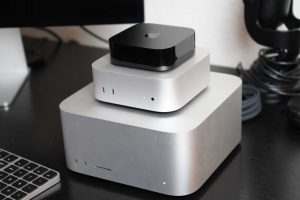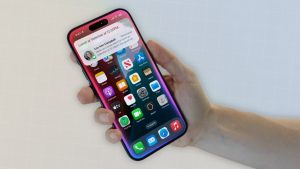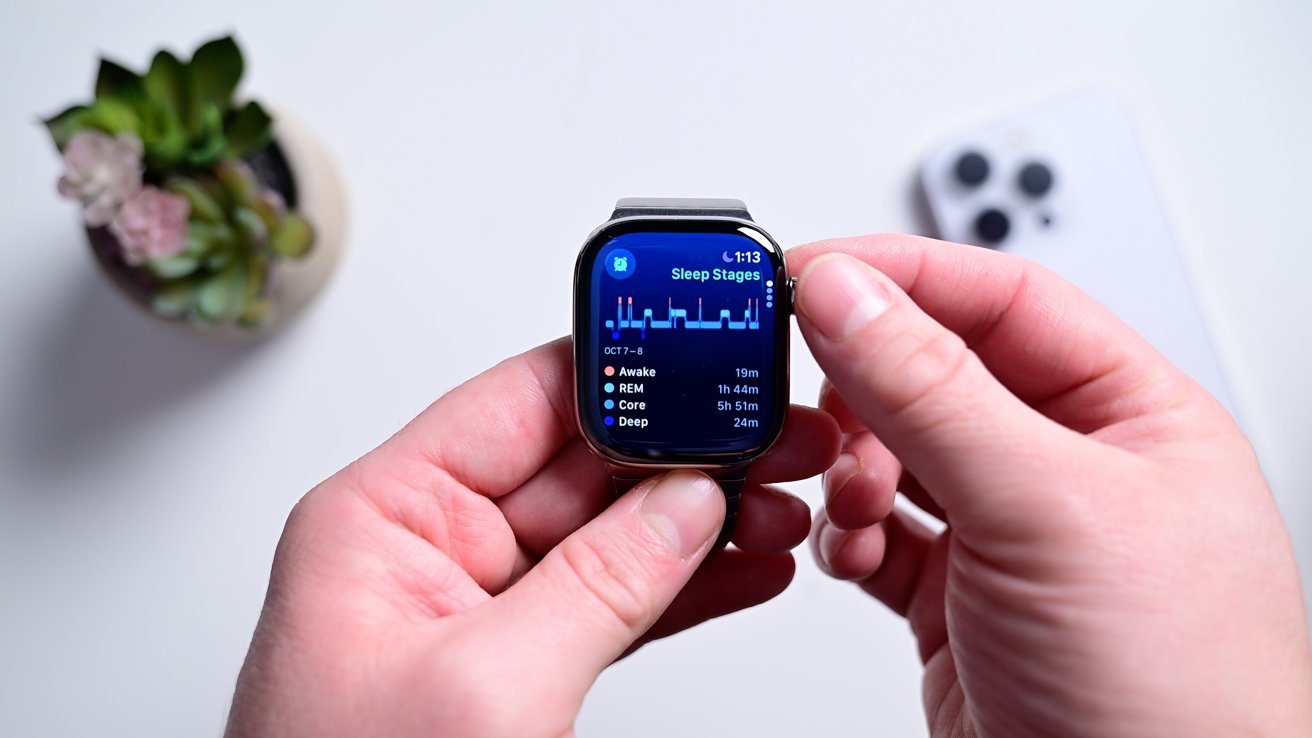
Apple Watch can now detect sleep apnea

Sleep apnea can be serious and have significant health effects beyond just disrupted sleep. Here’s you can monitor and detect it, using just an Apple Watch.
Sleep apnea is a chronic illness that impedes one’s ability to breathe overnight. Sufferers often have trouble breathing — and it may even stop for a time.
Without proper airflow, you may feel tired and groggy throughout the day, despite theoretically getting enough sleep. It also may lead to more serious side effects such as increased risk of cardiovascular disease and more.
Typically, people have to participate in a sleep study to diagnose sleep apnea. These are generally completed in a lab, and there are some at-home tests that can be ordered.
Still, it’s a prohibitive and often pricey step that leaves many undiagnosed and at risk. Starting with watchOS 11, newer Apple Watch models make this more accessible.
Apple Watch versus sleep studies
At home or in-office sleep studies monitor your breathing rate, heart rate, blood oxygen levels, and breathing effort. In-lab ones can track even more.
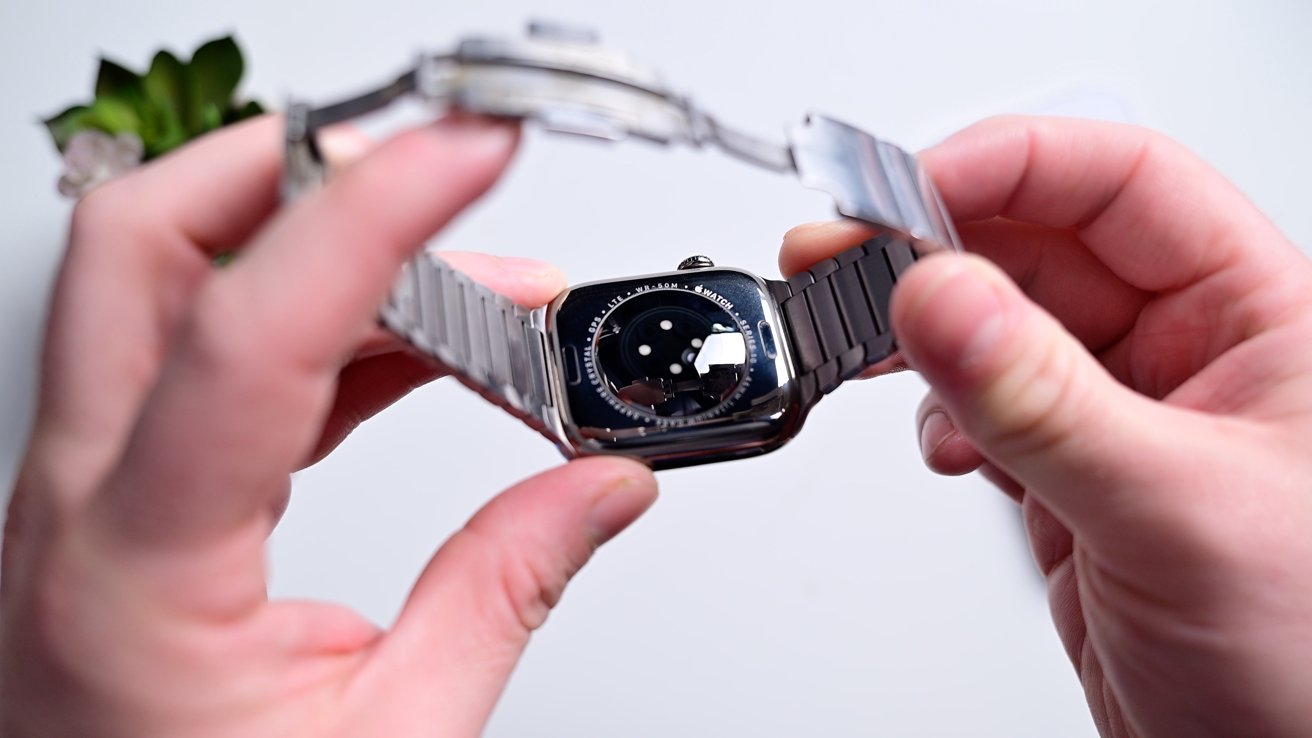
Apple Watch has a large series of sensors
Notably, Apple Watch already tracks much of this with its complex sensor array. Users had already been using their watches for sleep tracking, and this builds on it.
Sleep apnea supported models and requirements
The new health monitoring feature is fortunately not exclusive to only the latest-and-greatest Apple Watch models. It comes to the last generation as well.

Apple Watch Series 9, Apple Watch Series 10, and Apple Watch Ultra 2 are supported
Supported models include:
To the frustration of some, that leaves out the original Apple Watch Ultra. The reason likely lies with the SiP.
Apple Watch Ultra uses the S8 SiP which was largely unchanged from the S7 and even S6 SiPs. It was with the S9 that it finally got an upgrade.
Whether it’s the CPU, the Neural Engine, or the power efficiency, the S8 just isn’t capable of adequately supporting it.
As long as you have a supported model, the only other requirement is that they are up to date. Apple Watch needs to be on watchOS 11 and your iPhone must be running iOS 18.
How to detect sleep apnea with Apple Watch
It’s quick and easy to set up sleep apnea detection. It is done from your iPhone.

Setup for sleep apnea monitoring in the Health app
- Open the Health app on your iPhone
- Go to Browse and search for “breathing disturbances”
- The first time you’ll see a button at the top that says “set up”
- Answer a couple qualifying questions and hit continue
- The app gives you a brief explainer, after which you can hit next
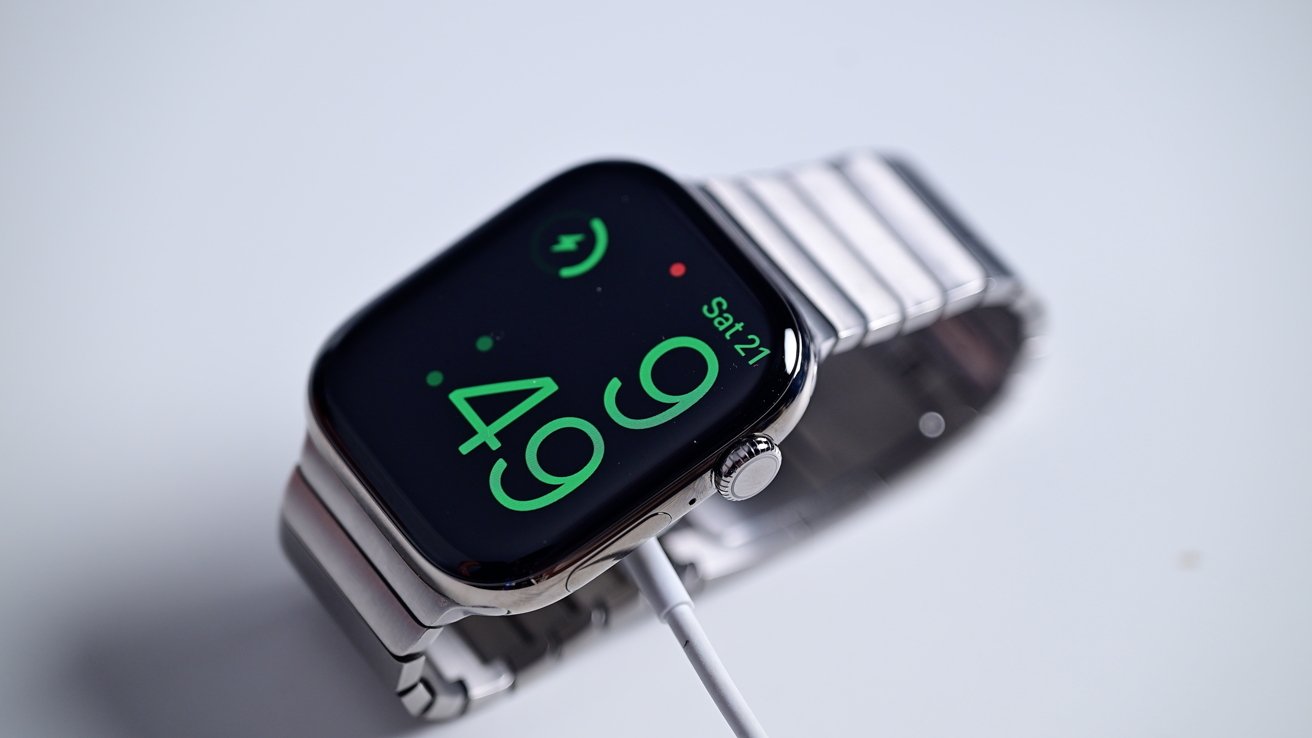
Make sure your watch is charged before bed
Once it’s enabled, you’re good to go. Just make sure your watch is adequately charged and wear it to bed.
Viewing your sleep apnea results
As soon as your first night you’ll see your results reflected in the Health app. If it detects an elevated level of breathing disturbances, it will proactively send you an alert.
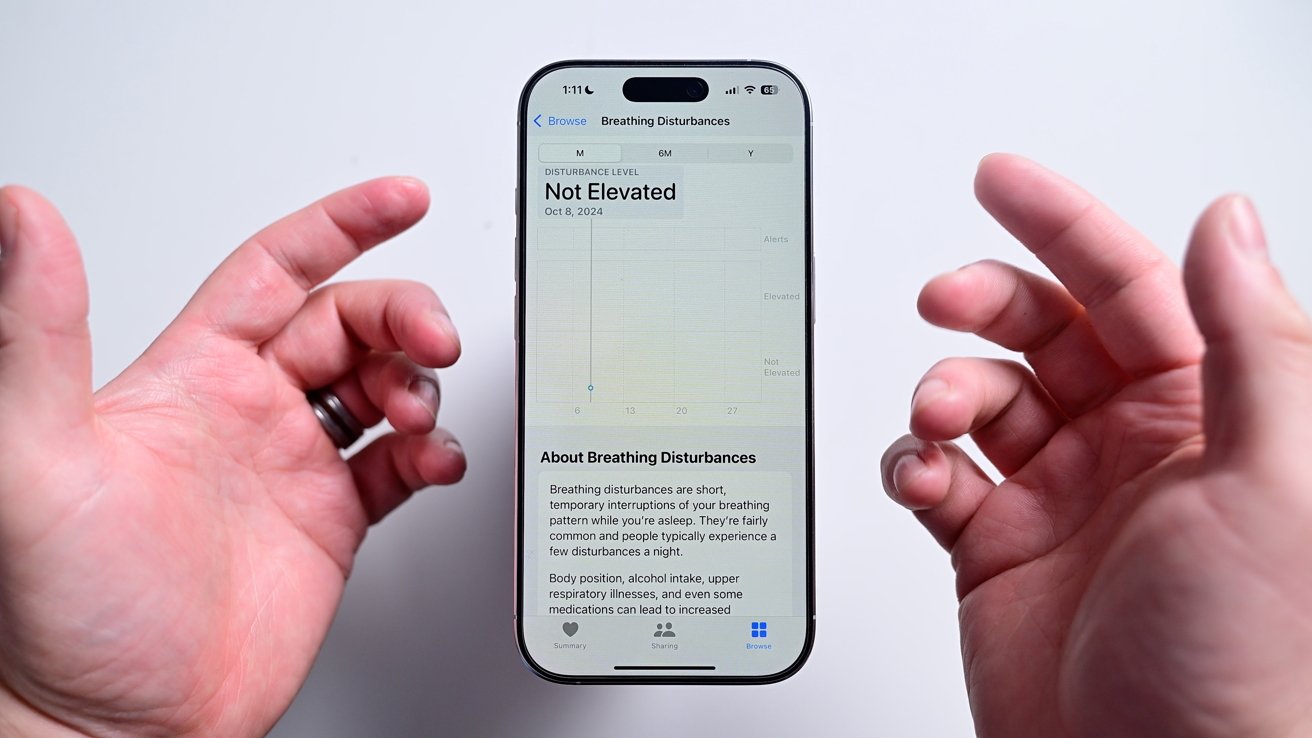
Viewing your sleep apnea results in the Health app
If you want to view the data for yourself, you can open the Health app once more and navigate back to breathing disturbances.
It will show each night’s results on a graph on a scale from not elevated to elevated. You can view it for each night or over time.
To be clear, if a positive detection is triggered, it’s not diagnosing you with anything. The data can be exported and shared with your health care provider where they can make a further diagnosis.
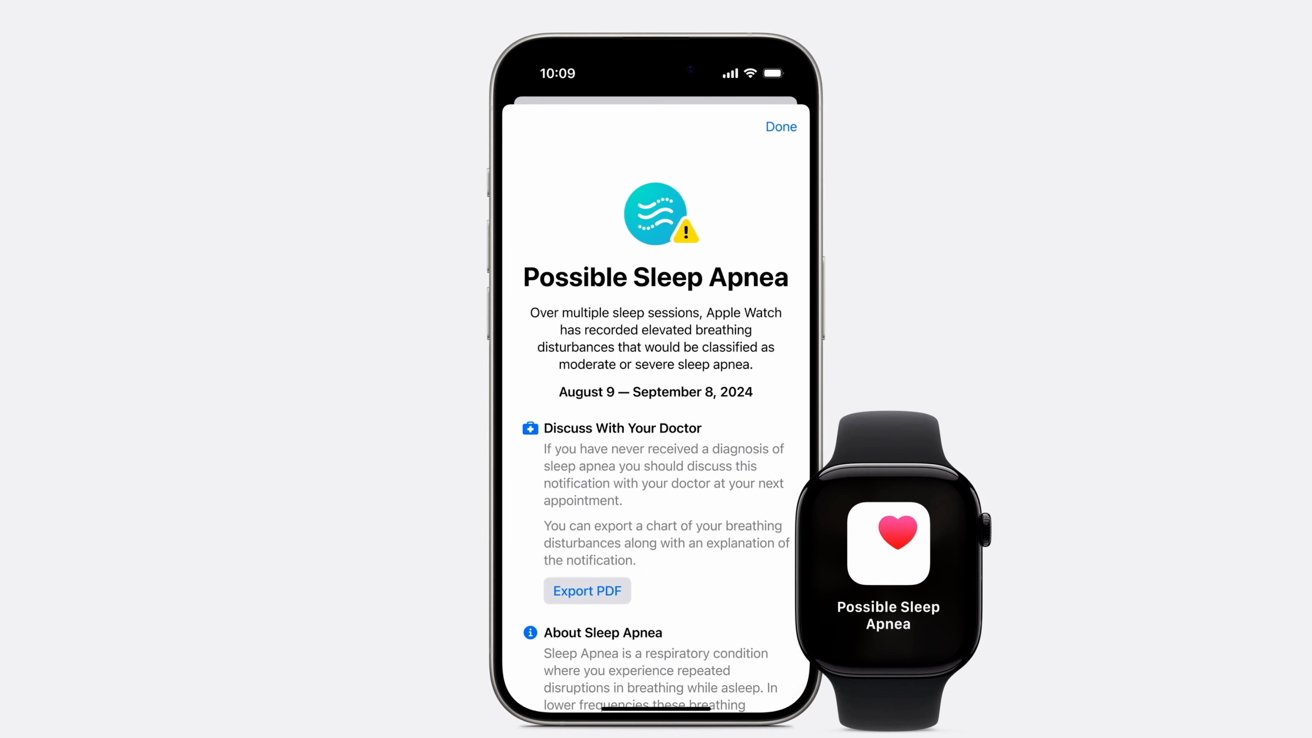
Elevated levels of breathing disturbances will trigger an alert
They may want you to do an additional sleep study. Potentially, though, after viewing your data, doctors may be comfortable diagnosing you, and start to figure out treatment options.
Sleep apnea detection is currently available in the US but will roll out to more countries over time. Apple says over 150 countries will gain support for this feature.



